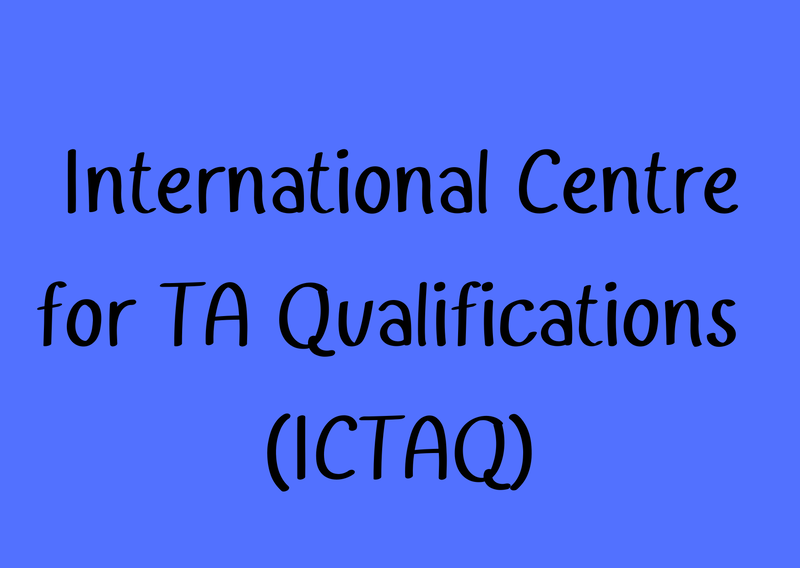ENDINGSI often find in my organisational work that many individuals, teams and organisations do not pay enough attention to endings. When a person leaves a team, company or even country if they are going to work abroad, it is really important that the ending process is conducted effectively.
If not, the person who leaves can feel “out of sorts”, as if something is not finished and the team members who are left behind can feel the loss keenly and take time to get back up to speed again and move on. The leaver may feel keenly the social pain of the ending. It may be due to embarrassment, or a sense of sadness at the loss of a friendship group or the loss of status in a community. The distance felt psychologically at the separation may linger for a long time, and affect how that person behaves within future groups or teams. Correspondingly, the leaver leaves behind a gap – Shakespeare referred to Banquo’s ghost. After Macbeth had Banquo killed, at a banquet soon after Macbeth sees Banquo’s ghost covered in blood. Banquo’s presence was felt and ‘seen’ by Macbeth, even though he had been killed. In the context of modern day organisations, this example might be overly dramatic ….. and yet many teams struggle with the ‘phantom’ of a departed member who continues to play an active part within the group dynamics. The level of upset the phantom causes will depend on the manner of their departure – did the crash out of their own accord, or were they ‘managed’ out in a way that was not communicated well to the team members? Did they simply fade away without the recognition of a formal ending? Or was their leaving marked by a card, a gift and a few kind words? In Transactional Analysis (TA) we have a model called Group Imago. This is a “psychologically held” image or picture that we hold as individuals, about our place in the team in relation to the leader and other members of the team. This image is unique to us as individuals: how I may view myself in the team is not necessarily how another team member may view me. Eric Berne (1966) the founder of TA, describes four stages of group process: Provisional, Adapted, Operative and Secondarily Adjusted. Teams can appear to get stuck at different stages and some simply do not get to the fully effective functioning stage of Secondarily Adjusted. This is where all members complement each other’s strengths, where the individual members work for the team goals and the leader guides all towards his/her overall vision with skill and understanding of group and individual process. Other writers have built on Berne’s work, and Clarkson (1991) describes destructive and constructive leadership behaviours at each stage. She also compares this psychological model to the sociological model of Tuckman (Forming, Storming, Norming and Performing). Lecoursiere (1980) added Mourning to Tuckman’s model and it is this stage which I want to focus on here. TA teaches us that in the rules of communication, the psychological level takes precedence over the social one. Psychologically, the team has to say goodbye and to negotiate the relevant grief processes. The leader has a responsibility to keep the team focused on saying goodbye, and not let the leaver fade or slip away. The problem is, many people are not comfortable at saying goodbye and may run away from the process – this can leave them with unresolved issues and the team with a “gap”. Berne (1963) said “a phantom is … left whenever a well-differentiated member leaves a group and persists until the mourning process is complete if it ever is” (p 225). Sometimes, individuals try to avoid the pain of this period by making the team “bad”, picking on the leader and/or leaving the group early by physically getting sick or psychologically by denying that the team was important to them. The resulting harm and possible long-lasting damage this can cause is better to be avoided. When a person leaves a team or group, the leader in particular needs to focus on the possible consequences of their departure. They need to consider whether a phantom will be left behind in the team and if so, how will they manage it? The effective leader understands the importance of “leaving ceremonies” – a presentation; a gift, a chance to recognise and honour the contribution of the leaver etc. Recruitment processes put in place so that neither the leaver nor the team need to worry about any ensuing gap in the structure. These processes mentioned above will contribute to a smooth transition process for the team, and an ending for the leaver which is satisfying, complete – and enables them to move on to their next challenge with strength and enthusiasm. © Tongue (2012, 2024) For references, please contact Lynda Tongue on [email protected]
0 Comments
Leave a Reply. |
Lynda Tongue TSTA-orgLearning and Development consultant since 1991. Teaching and Supervising Transactional Analyst since 2013. Archives
March 2024
|
- Welcome
- TA
-
Workshops
- 008 Power Dynamics
- 009 Human Beings Being Human
- 010 Psychological Games
- 011 Group Dynamics
- 012 Stages of Group Development
- 013 Analysing Organisations
- 014 Cultural Competence
- 015 Systemic Leadership
- 016 Leading Organisational Change
- 017 Unconscious Processes
- 018 Supervision and the Meta-level Perspective
- 019 Leadership - a Relational Issues
- 020 Imposter Syndrome
- 021 Contact Doors
- 022 The Permission Wheel
- 023 People Watching
- 024 Personality Adaptations
- TA Awards
- Supervision
- Blog
- Newsletters
- Contact
- Policies
- Downloads







